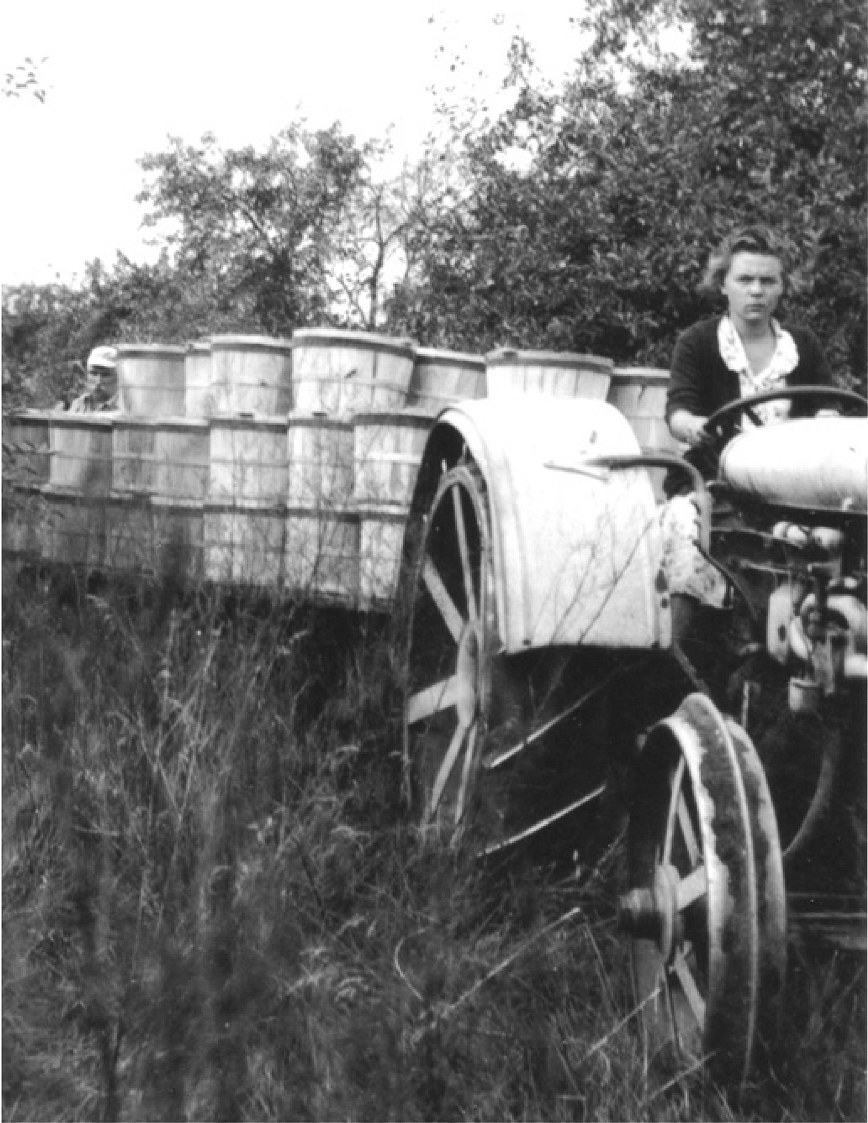What is diversity worth? That is the issue addressed by “Economic Analysis of Diversity in Modern Wheat,” a new collaborative publication that explores the economics, policies, and complications of modern wheat diversity.
Everyone wants the best, and farmers are no different. But when a large number of wheat farmers opt to sow the same improved varieties on large extensions of cropland, long-term diversity could be sacrificed for relative short-term gains.
With this in mind, a group of authors from eight different advanced research institutes pooled their knowledge to examine wheat diversity in terms of its demand by breeders and farmers and how policy decisions correspond to crop diversity. The resulting book, “Economic Analysis of Diversity in Modern Wheat,” is a joint publication with CIMMYT and the Australian Centre for International Agricultural Research (ACIAR) that was compiled by its two editors: Erika Meng (in photo, left), former CIMMYT economist who passed away in 2008, and John Brennan of NSW Department of Primary Industries. Royalties from this publication will go to the Erika C.H. Meng Scholarship Fund for Development Policy and Research Economics at the University of California.
Why wheat?
Wheat is one of the most important food crops world-wide, supplying an average of 513 calories per person per day. Roughly 217 million hectares are sown to the crop and the farmers want to see the highest economic return possible. So if one wheat variety performs significantly better than others—in yield, environmental adaption, or end-uses qualities—farmers are likely to plant primarily that variety, resulting in large stretches of farm land sown to single varieties. Though this may be immediately beneficial to farmers and the related economy, it increases the vulnerability of the crops to biotic and abiotic risks: instead of a disease damaging part of the wheat crop, it could instead cause massive crop destruction over large areas.
It has happened before. In the 1950s a stem rust swept across North America, slashing spring wheat production 40%. And experts fear that Ug99, another strain of stem rust, could deliver similar devastation to wheat crops across parts of Asia and Africa.
To discover what wheat diversity is worth to society, the book focuses on the history, uses, and policies related to wheat in China and Australia. Both countries are large wheat producers, yet have very different breeding and research policies, levels of commercialization, and decision incentives for household seed variety choice. For example, the wheat industry in Australia is largely commercialized, with the majority of Australian farmers sowing around 1,500 herbicide-dependent hectares. China, on the other hand, is a mix of commercialized and subsistence wheat farms, though most farmers sow less than one hectare and rely on it for food self-sufficiency (over 80% of basic food grains consumed on farms in China were produced by the household).
The book concludes that several policies contribute to a decreased genetic base, including policies that focus on specific traits (like quality), or policies that push for faster variety release. But the editors are optimistic that with well-informed policy makers, it is possible to balance acceptable yields and diversity outcomes across all production systems—allowing famers to have their high wheat yields and conserve them too.
For more information: Dr. Bekele Shiferaw, Director, Socioeconomics Program (b.shiferaw@cgiar.org)
 Gender equality, youth and social inclusion
Gender equality, youth and social inclusion 

